-
 Bitcoin
Bitcoin $118900
0.42% -
 Ethereum
Ethereum $3710
-2.88% -
 XRP
XRP $3.513
-2.96% -
 Tether USDt
Tether USDt $1.000
-0.01% -
 Solana
Solana $203.0
3.65% -
 BNB
BNB $765.5
-1.29% -
 USDC
USDC $0.9998
0.00% -
 Dogecoin
Dogecoin $0.2671
-4.18% -
 Cardano
Cardano $0.8817
-3.63% -
 TRON
TRON $0.3139
-0.64% -
 Hyperliquid
Hyperliquid $44.34
-5.45% -
 Stellar
Stellar $0.4637
-4.08% -
 Sui
Sui $3.908
-2.59% -
 Chainlink
Chainlink $19.34
-2.62% -
 Hedera
Hedera $0.2712
-3.77% -
 Avalanche
Avalanche $24.97
-4.13% -
 Bitcoin Cash
Bitcoin Cash $519.8
-1.48% -
 Shiba Inu
Shiba Inu $0.00001518
-3.74% -
 Litecoin
Litecoin $115.6
-2.21% -
 Toncoin
Toncoin $3.460
3.68% -
 UNUS SED LEO
UNUS SED LEO $8.977
-0.07% -
 Polkadot
Polkadot $4.460
-2.96% -
 Uniswap
Uniswap $10.53
-5.43% -
 Ethena USDe
Ethena USDe $1.001
0.01% -
 Monero
Monero $323.6
-0.36% -
 Pepe
Pepe $0.00001379
-2.60% -
 Bitget Token
Bitget Token $4.772
-3.90% -
 Dai
Dai $0.9999
0.00% -
 Aave
Aave $307.5
-6.66% -
 Bittensor
Bittensor $441.8
0.84%
What is the funding rate on Coinbase and how does it work?
The funding rate on Coinbase is a periodic payment between traders—paid every 8 hours—to keep perpetual contract prices aligned with the spot market, not a fee charged by the exchange.
Jul 22, 2025 at 11:00 pm
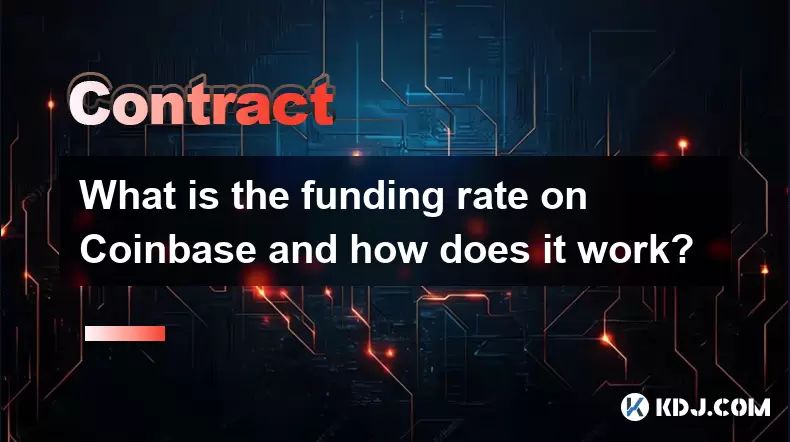
Understanding the Funding Rate on Coinbase
The funding rate on Coinbase is a mechanism used in perpetual futures contracts to align the price of the contract with the spot price of the underlying cryptocurrency. Unlike traditional futures contracts that settle on a specific date, perpetual contracts do not expire. To ensure that the contract price remains close to the actual market price, exchanges like Coinbase implement a periodic payment between long and short traders—this is the funding rate.
The funding rate is not a fee charged by Coinbase, but rather a transfer between traders based on market conditions. If the funding rate is positive, long positions pay short positions. If it's negative, short positions pay long positions.
How the Funding Rate Is Calculated
Coinbase calculates the funding rate using two components: the interest rate component and the premium component.
- The interest rate component reflects the cost of holding the underlying asset versus cash, typically based on USD interest rates.
- The premium component adjusts for any divergence between the perpetual contract price and the index price (a fair value derived from multiple spot exchanges).
These values are combined into a formula that recalibrates every 8 hours. Traders can view the current funding rate in real time on the Coinbase Futures trading interface under each contract’s details. The rate is displayed as a percentage and indicates how much will be paid or received per 8-hour period.
When and How Funding Payments Are Made
Funding payments occur at fixed intervals—every 8 hours at 00:00 UTC, 08:00 UTC, and 16:00 UTC. If you hold a position at the exact moment funding is applied, you will either receive or pay the funding amount.
To check if your position is subject to funding: - Log into your Coinbase account
- Navigate to the Futures trading section
- Select the specific perpetual contract (e.g., BTC-USD PERP)
- Look for the "Funding Rate" indicator
- If the rate is positive and you’re long, you’ll pay; if negative and you’re short, you’ll pay
No action is required from you—funding is automatically deducted or credited to your futures wallet balance at the designated time.
Why the Funding Rate Matters to Traders
The funding rate directly impacts your cost of holding a position over time. For example: - A consistently high positive funding rate may signal strong bullish sentiment but also increases the cost of holding long positions
- A negative funding rate may indicate bearish pressure and could make short positions more profitable over time
Traders use this metric to assess market sentiment and optimize entry/exit timing. If you plan to hold a position for multiple funding intervals, you must factor in these payments as part of your overall strategy.
Ignoring funding rates can lead to unexpected losses or reduced profits, even if the price moves in your favor.How to Monitor and Use Funding Rate Data
Coinbase provides tools to track funding rates: - Visit the Futures dashboard on web or mobile app
- Click on any perpetual contract to see the current funding rate
- Check historical funding data via the “Funding History” tab in your account
- Set up alerts using third-party tools or Coinbase API endpoints for real-time updates
For advanced users:
- Use the Coinbase API endpoint
/futures/ratesto pull live funding data - Integrate this into your trading bot logic to avoid entering positions just before a large funding payment
- Analyze funding rate trends over days or weeks to identify potential reversals or sustained momentum
Always verify the funding rate timestamp—rates change every 8 hours, so timing your trade just before or after a funding event can significantly affect your net position cost.
Common Misconceptions About Funding Rates
Some traders mistakenly believe the funding rate is a hidden fee or manipulation tool. This is incorrect. - Use the Coinbase API endpoint
- It is not a Coinbase revenue source
- It does not affect the contract price directly
- It only impacts traders who hold positions at the exact funding timestamp
Another misconception is that high funding rates always predict price direction. While they reflect sentiment, they are not a standalone indicator.
Funding rates should be used alongside price action, volume, and open interest for a complete view.Frequently Asked Questions
Does the funding rate apply if I close my position before the funding time?
No. If you close your position before the 8-hour funding timestamp (00:00, 08:00, or 16:00 UTC), you will not receive or pay any funding. Only open positions at the exact moment of funding are affected.Can I see the funding rate history for a specific contract?
Yes. In your Coinbase Futures account, go to the "Funding History" section. You’ll see a log of all past funding payments or receipts for each contract you’ve traded, including timestamps and amounts.Is the funding rate the same across all perpetual contracts on Coinbase?
No. Each contract (e.g., BTC-USD PERP, ETH-USD PERP) has its own funding rate based on its specific market conditions, including spot price divergence and interest rate assumptions.What happens if I have zero balance in my futures wallet during a funding payment?
If you’re due to pay funding but have insufficient balance, Coinbase will automatically reduce your position size to cover the cost. This is called a “funding payment liquidation” and is separate from margin liquidation.
Disclaimer:info@kdj.com
The information provided is not trading advice. kdj.com does not assume any responsibility for any investments made based on the information provided in this article. Cryptocurrencies are highly volatile and it is highly recommended that you invest with caution after thorough research!
If you believe that the content used on this website infringes your copyright, please contact us immediately (info@kdj.com) and we will delete it promptly.
- PNC Bank & Coinbase: Banking on Crypto's Future, NYC Style
- 2025-07-23 06:30:12
- Ruvi AI: The Next Avalanche Riding the AI and Blockchain Wave?
- 2025-07-23 06:30:12
- SEC, Bitcoin, and Crypto: Navigating the Wild West of Digital Finance
- 2025-07-23 04:30:12
- BlockDAG Mining Revolution: 10x Rewards and Crypto's Next Big Thing?
- 2025-07-23 06:10:12
- Tyre Legalities, the 20p Test, and Expert Advice: Staying Safe on the Road
- 2025-07-23 04:50:12
- Liberty Head Double Eagle Proofs: A Golden Opportunity?
- 2025-07-23 04:55:12
Related knowledge

How to trade ETH perpetuals on Bitstamp?
Jul 23,2025 at 03:28am
Understanding ETH Perpetual ContractsETH perpetual contracts are derivative products that allow traders to speculate on the price of Ethereum without ...
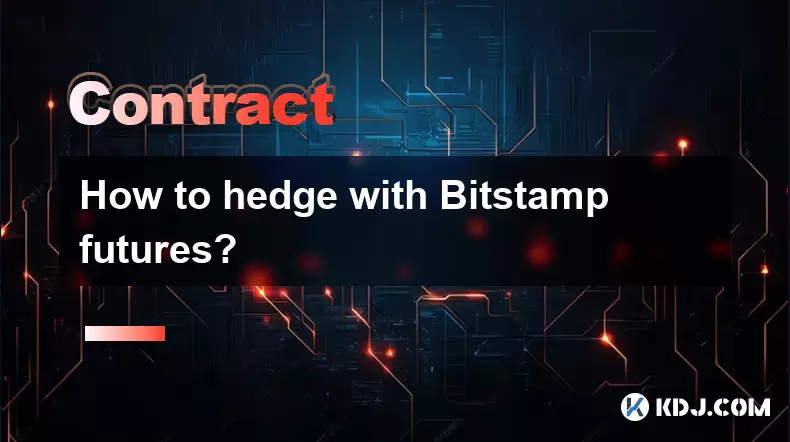
How to hedge with Bitstamp futures?
Jul 23,2025 at 02:00am
Understanding Bitstamp Futures ContractsBitstamp futures are financial derivatives that allow traders to speculate on or hedge against the future pric...
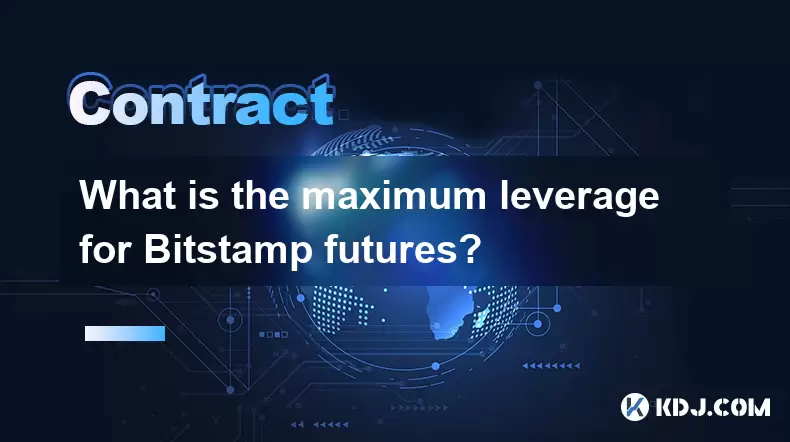
What is the maximum leverage for Bitstamp futures?
Jul 23,2025 at 05:21am
Understanding Bitstamp FuturesBitstamp, a well-established cryptocurrency exchange, offers futures trading to users seeking advanced financial instrum...
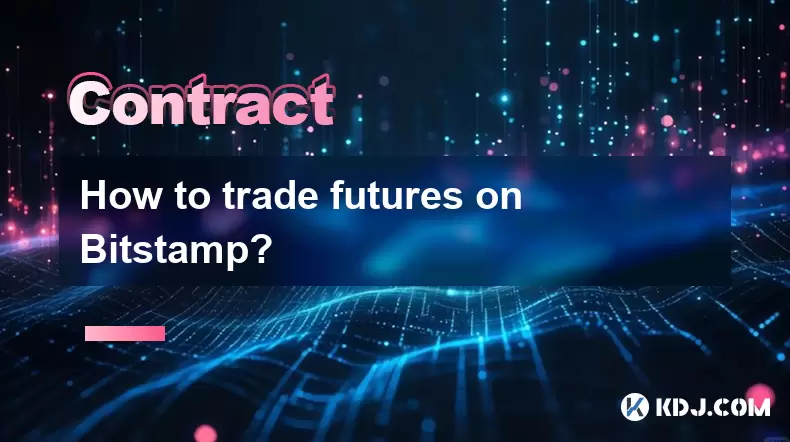
How to trade futures on Bitstamp?
Jul 23,2025 at 12:56am
Understanding Bitstamp Futures TradingFutures trading on Bitstamp allows users to speculate on the future price of cryptocurrencies such as Bitcoin an...
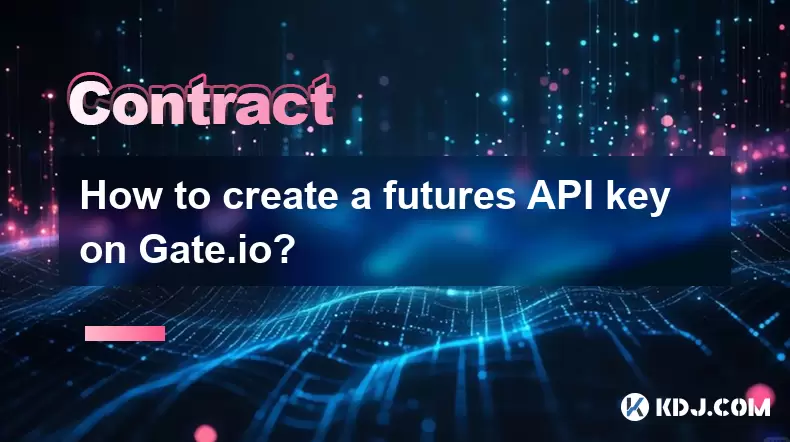
How to create a futures API key on Gate.io?
Jul 23,2025 at 03:49am
Understanding Futures API Keys on Gate.ioA futures API key on Gate.io allows traders to automate trading strategies, manage positions, and retrieve re...
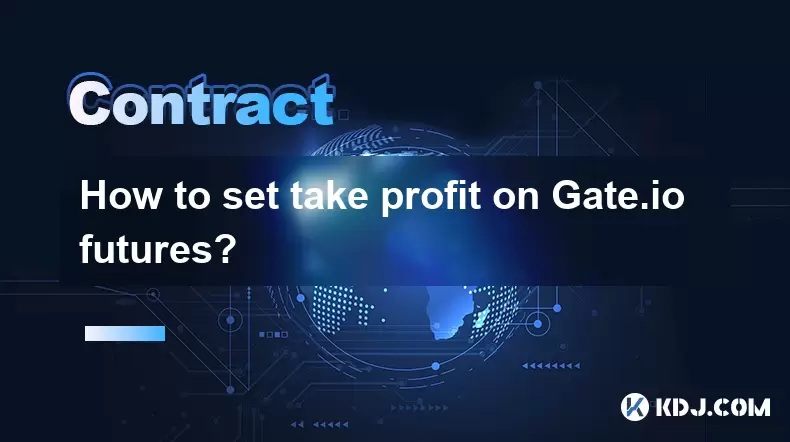
How to set take profit on Gate.io futures?
Jul 23,2025 at 01:14am
Understanding Take Profit in Gate.io FuturesWhen trading futures on Gate.io, a take profit (TP) order allows traders to automatically close a position...

How to trade ETH perpetuals on Bitstamp?
Jul 23,2025 at 03:28am
Understanding ETH Perpetual ContractsETH perpetual contracts are derivative products that allow traders to speculate on the price of Ethereum without ...

How to hedge with Bitstamp futures?
Jul 23,2025 at 02:00am
Understanding Bitstamp Futures ContractsBitstamp futures are financial derivatives that allow traders to speculate on or hedge against the future pric...

What is the maximum leverage for Bitstamp futures?
Jul 23,2025 at 05:21am
Understanding Bitstamp FuturesBitstamp, a well-established cryptocurrency exchange, offers futures trading to users seeking advanced financial instrum...

How to trade futures on Bitstamp?
Jul 23,2025 at 12:56am
Understanding Bitstamp Futures TradingFutures trading on Bitstamp allows users to speculate on the future price of cryptocurrencies such as Bitcoin an...

How to create a futures API key on Gate.io?
Jul 23,2025 at 03:49am
Understanding Futures API Keys on Gate.ioA futures API key on Gate.io allows traders to automate trading strategies, manage positions, and retrieve re...

How to set take profit on Gate.io futures?
Jul 23,2025 at 01:14am
Understanding Take Profit in Gate.io FuturesWhen trading futures on Gate.io, a take profit (TP) order allows traders to automatically close a position...
See all articles

























































































